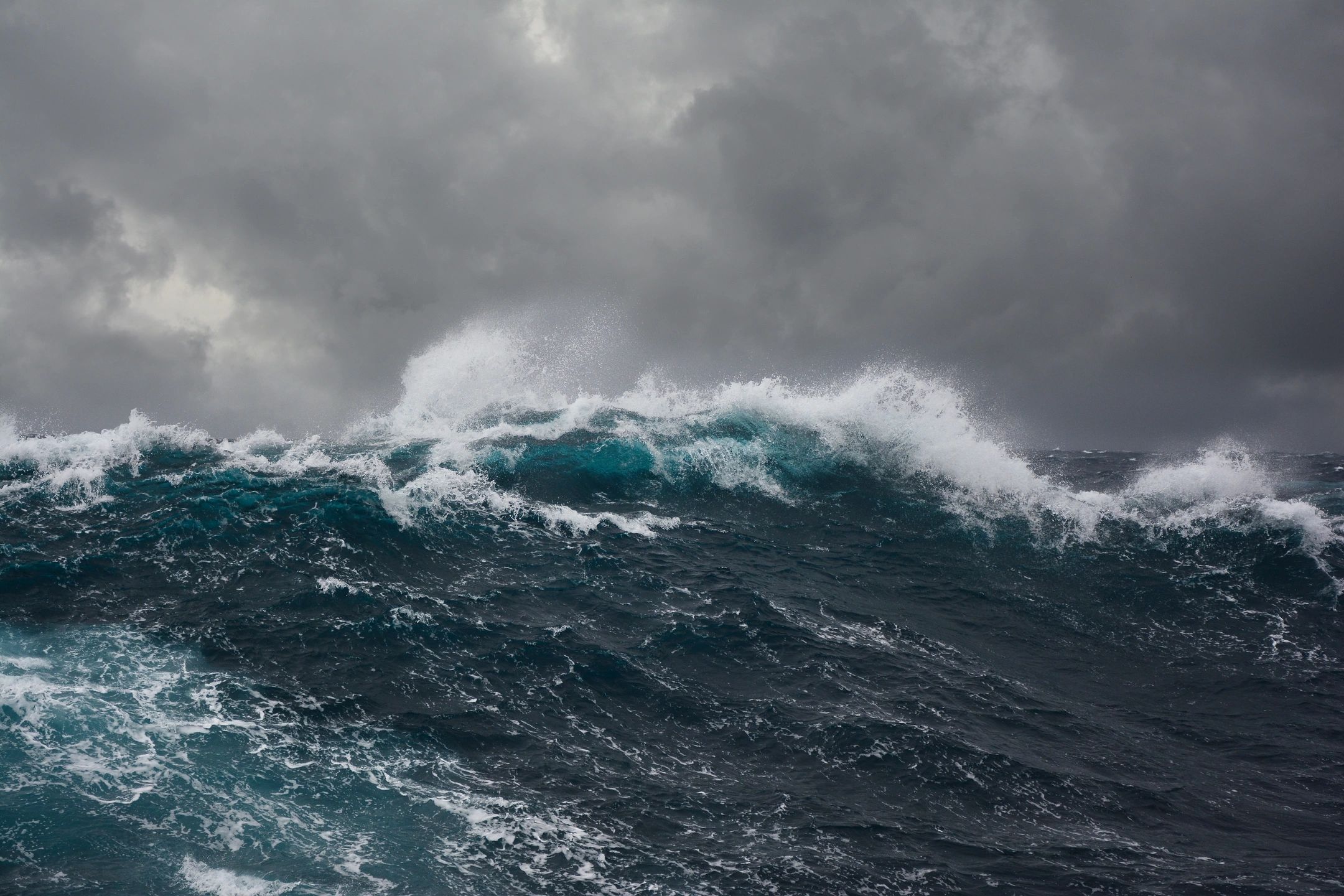There are few things more tragic than the loss of life in a traffic accident. The recent death of a teacher here in Kentucky inspires me to write this article because I'd like to raise awareness of the simple concept of lowering or preventing the likelihood of tragedy happening to all of us.
I was traveling on the same road just days earlier while it was raining, and even though I wasn't on the same section of highway I could still see how this tragedy happened and how easily it could be prevented and not just by the driver who was killed in this accident.
The maxim for my life's philosophy is to create possibilities to get what you want and probably more importantly to make impossible bad things from happening. Based on the little information I have about this accident I hope to raise people's awareness about this philosophy so it doesn't happen again.
I'd just like to say that I have no idea about the actions anyone took on this day and I am not placing blame on anyone. Accidents happen even in the best of conditions. The point of the article is to build a story around it to show how to make something like this as impossible as possible.
We live in a time when we have weather information at our fingertips. We can go to a website on our computers or phones, tune into a television broadcast of the weather and see where it is raining quite easily. It is important to know a lot of information about your travel before you ever walk out the door.
I had the good fortune to have a father who was a United States Air Force jet fighter pilot. While I was growing up we went flying in a little Cessna 172 at the local airport. When we did Dad went immediately into his training and did what pilots do before a flight. Whenever we went on a trip in our car Dad would do the same procedure with our route and car.
So, what are the steps in preparing for any flight? Why not use these same steps in considering our car travel as well? I think it would be a good idea.
The pre-flight procedure for automotive travelers.
- Route
- Before you leave you need to know what route you are taking and the other possible routes available in case they may be needed.
- This requires having a map, preferably paper, but maps are online too.
- Notice which road numbers, general celestial direction, and the town names on the route as checkpoints.
- Choose a route and memorize it as best you can.
- Before you leave you need to know what route you are taking and the other possible routes available in case they may be needed.
- Weather
- Before you leave know what the weather is going to be on and during your route.
- Plan your trip based on the weather patterns that are coming.
- Weather is both predictable and temporary, even though surprises can occur without warning.
- Vehicle
- Before you leave make sure your vehicle is in good working order.
- Obviously, you need enough fuel to reach your destination.
- Know all of your fluid levels
- Oil, Auto-Transmission, Brake, Hydraulic, Windshield fluid (clearing and de-icing.) etc.
- Make sure your tires have proper tread and are correctly inflated.
- Check all visibility points, mirrors, window cleanliness, and fogging is prevented.
- Make sure everything is battened down so that things don't fly around in case of sudden speed and directional changes.
- Set your phone so that it doesn't create a distraction.
- No texting, surfing, and keep phone conversations to a minimum and always hands-free.
- Before you leave make sure your vehicle is in good working order.
- Project traffic disturbances.
-
- Google Maps has a traffic system that shows where traffic is being slowed or stopped. Take a look before you leave so that you can take it into consideration.
- Drive further, take longer, to avoid a lot of traffic.
- Know where the construction zones on the route are located.
- Know where you are going to park and how to get there.
- Google Maps has a traffic system that shows where traffic is being slowed or stopped. Take a look before you leave so that you can take it into consideration.
-
- Plan your trip
- Know when you want to arrive
- Set a time to leave that allows much more time than needed.
- Being in a hurry is the highest cause of stress in travel, don't try to set any records. Enjoy the trip.
- During the trip
- Be aware of the weather conditions as you drive.
- Are the skies darkening?
- Is it raining, snowing, sleeting, and is it getting worse?
- Is it windy, foggy, or clear weather?
- Will you be driving low light times, at night?
- Will you be driving into a low sun on the horizon?
- Will the lights of oncoming traffic be disturbing?
- Are your windows tinted, which reduces visibility in low-light conditions?
- Have proper sunglasses, and a baseball hat to help with your visibility.
- Be aware of the weather conditions as you drive.
All that sounds like it takes a lot of time, but it doesn't. It is a matter of being mindful of them and doing a bit of travel due diligence prior to leaving on any trip, be it short or long distance. Suffice it to say that most accidents happen close to home.
Now, we come to the in-transit part of preventing tragedy.
Rule number 1 is: Unless you are traveling to save a life there is no really good reason to risk your life and the lives of others to get to a destination 'on time'. This is also why you plan to leave earlier than necessary.
When travel becomes dangerous it is everyone's responsibility to pull off to a safe place, drive slower, give as much space as possible, and use extreme caution.
In the accident that happened recently, the car was traveling during a period of heavy rain and lost control, most likely due to hydroplaning when water is standing on the highway, sometimes invisible to the driver, which is usually caused by traveling too fast, bad tires, and of course poorly draining roadway, It was a 4-lane divided highway, but there was no barrier in the middle and the median between lanes was not very wide so there wasn't much time to correct before it crossed the median. There was traffic coming the opposite way including a semi-tractor trailer carrying logs which was also driving in the same conditions. The result of these circumstances was that the car drove into the lane of the truck, the truck probably tried to avoid collision, and turned over causing the logs to fly off of the truck and block traffic in both directions for hours in both directions causing even more hazardous conditions. This all happened in a few seconds I would assume.
In the moment there was no avoiding the accident. Nobody is 'at fault' here. But everyone could have reduced the possibility of this happening at several points.
Simply pulling to the side of the road isn't necessarily the best thing to do, because traffic from behind can lose control and hit you in the back. The best solution is to drive slower, put on hazard lights, and find the next exit to park safely until the storm has passed or gotten to the point where driving is no longer dangerous. This entire scenario gets worse if it is winter and you have snow, ice, and slippery conditions on the road as well.
It wasn't only the car that lost control that caused the accident but also the truck as well, or it could have been any other vehicle traveling along that road. It is a matter of being in the wrong place, at the wrong time, in the wrong situation. We aren't alone on the road and nobody has any control over other drivers. You can't know what other drivers or cars are going to do. It can all happen in the blink of an eye. Even if the truck was traveling at a safe speed for his truck on that road, the fact that it was on the road was enough to be a factor in this accident.
All of this can happen at any time, good weather or bad. People fall asleep, they are driving under the influence, they have strokes, they black out for no reason, or they reach for something in the car. I'm not saying that accidents can be prevented 100% of the time. What I am saying is that it isn't enough to just 'drive safely'. We must use all of the means possible to prepare for our travel so that we get where we want to go without incident. In doing so, we not only save ourselves but also others.
Nothing is important enough to risk a life over. Keep a bird's eye view of your travel so that you make it a safe and enjoyable experience.
Prepare.
Give plenty of time.
Take your time.
Happy Travels!

